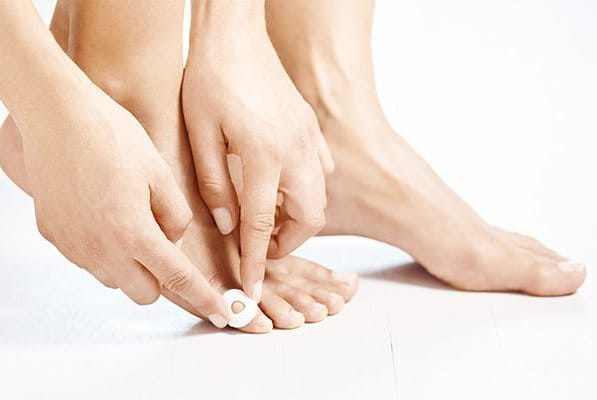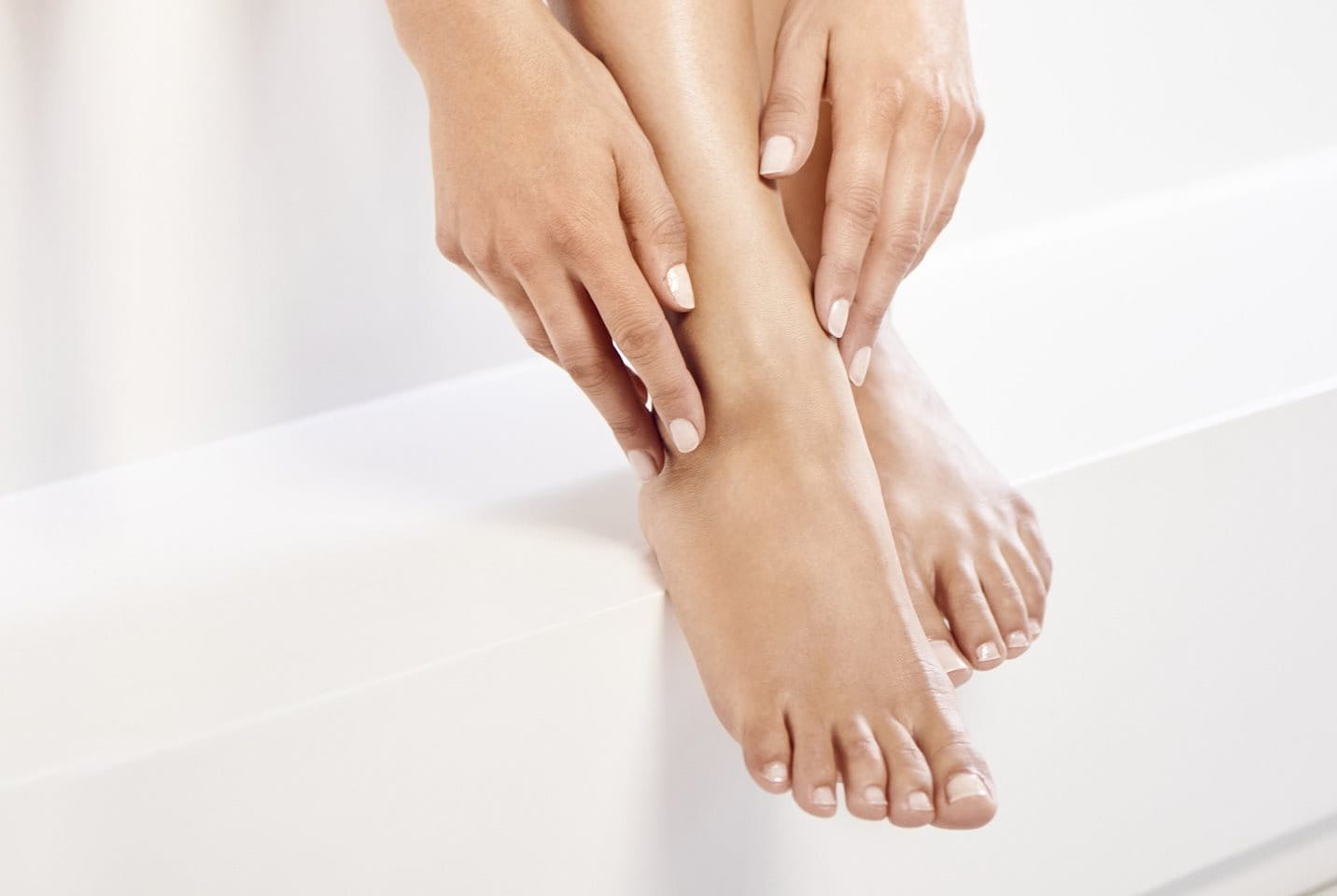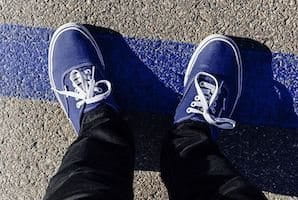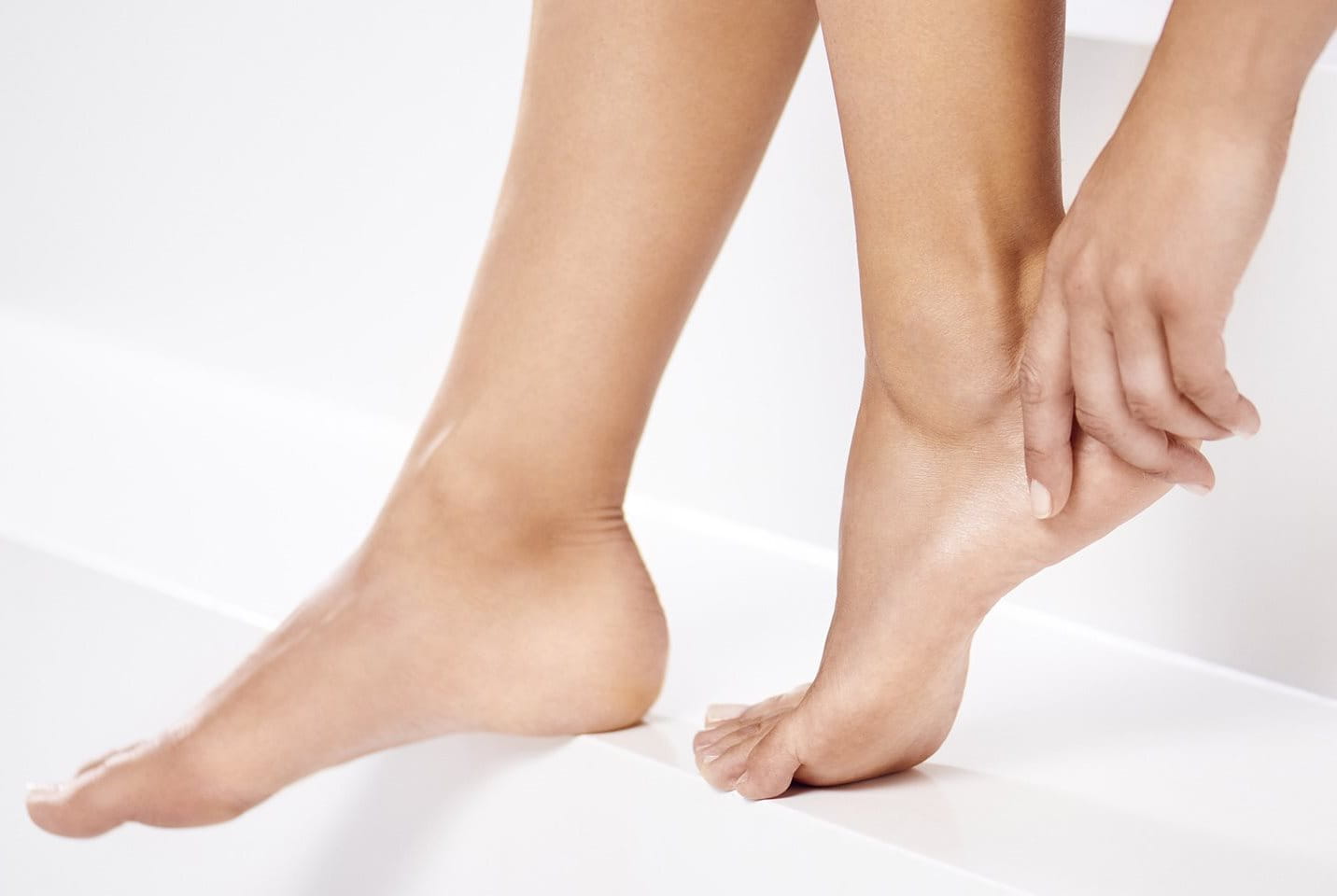In the hotter summer months, your feet tend to be more exposed to the elements leaving them dry and dehydrated, whilst during the winter the cold weather means your feet are hidden away, which can also play havoc with our skin’s moisture levels. Many of us will find our feet are flakier and drier during these seasons.
In the hotter summer months, your feet tend to be more exposed to the elements leaving them dry and dehydrated, whilst during the winter the cold weather means your feet are hidden away, which can also play havoc with our skin’s moisture levels. Many of us will find our feet are flakier and drier during these seasons.
What causes dry skin on feet?
Poorly-fitting shoes
Soaps
Skin structure & ageing
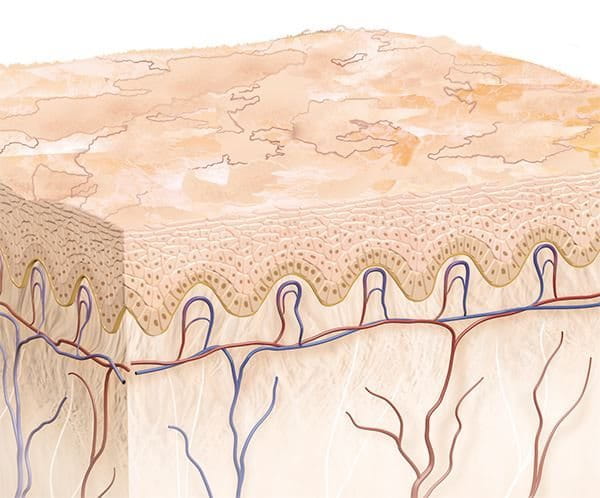
We all have different types of skin structure from oily to dry and this will impact how dry the skin on your feet is. As we age our skin also becomes thinner and less elastic. On our feet the fat pad that protects the sole of our foot also becomes thinner, resulting in increased skin stress causing a build up of dry damaged skin.
Heat and Humidity
Heat and humidity can come from many different sources. It may be that your feet are too hot in your shoes, the water you wash them in is too hot or simply the environment you live in. If your feet become too hot, they will sweat and this draws moisture away from the skin, leaving them dry and flaky.
Underlying medical conditions
An underlying skin condition may be causing your dry feet, in which case it is always advisable to get them checked out by your doctor or podiatrist:
- Athlete’s foot: a fungal condition which causes an itchy or burning rash and peeling of skin on your feet
- Eczema: a common skin complaint with over seven different types that cause the skin to become itchy, inflamed or have a rash like appearance
- Psoriasis: an autoimmune disorder often associated with a red, scaly rash
- Hypothyroidism: a thyroid disorder which can cause dry and scaly skin on your body and feet
- Diabetes: a metabolic disease which can result in very dry, peeled and cracked skin in the feet
- Dietary deficiency: certain conditions such as Crohns disease or Celiac disease may cause the body to be deficient in certain essential fatty acids and vitamins causing dry, flaky skin
How to get rid of dry skin on feet
Regular exfoliation
Foot scrubs: Pick or make one that contains natural organic granules that will help to brush away the dead skin that can cause dry flaky feet. Rub directly onto your foot gently in circular motions, thoroughly rinse off with warm water and gently pat dry to finish.
Foot soak: Treat your feet to a nourishing oatmeal or Epsom salt bath. The crystallised structure of the Epsom salt helps to provide exfoliation of the dead skin on the feet whilst oatmeal provides a soothing, wholesome bath for your feet.
Electronic hard skin removers: These take the effort out of foot filing. Many electronic hard skin removers allow you to use on both wet and dry skin. Simply buff away hard dry skin with the touch of a button leaving soft, smooth skin on your feet.
Moisturise your feet
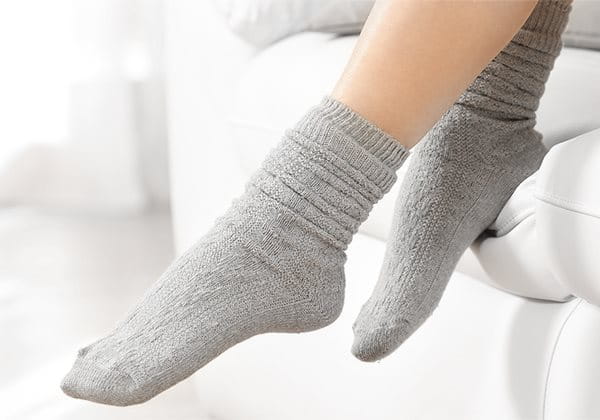
While using a good quality moisturising cream containing shea butter, aloe or urea on a daily basis will be nourishing for your feet, your choice of socks is more important than you might realise. Socks that are made from a soft, breathable fabric such as cotton, wool or bamboo will help stop skin irritation and allow your feet to breath. This will prevent them from sweating and drying out.
You could also try a pair of moisturising socks – just like a face mask but for your feet! For the best results put them on at night just after you have washed and cleansed your feet to lock in the maximum amount of moisture.
Pedicures
Or treat yourself to a pedicure in the comfort of your own home. Check out our comprehensive 10-step guide on how to give yourself a great pedicure with some extra ideas for a few pampering treats to leave your feet feeling fully nourished and rehydrated.
How to prevent dry skin on feet
Wear the right footwear
Certain types of soles in shoes such as leather or rubber can cause more friction which can exacerbate the problem. Gel or memory foam soles will help to support your feet and stop them from becoming dry and cracked. Remember to adapt your shoes and socks appropriately for the weather to prevent them drying out in either hot or cold seasons.
Can’t face not wearing your favourite pair of high heels? Check out our survival tips for high heel fans for the best advice on making sure they don’t put any extra strain on your feet.
Avoid harmful ingredients
Love your feet
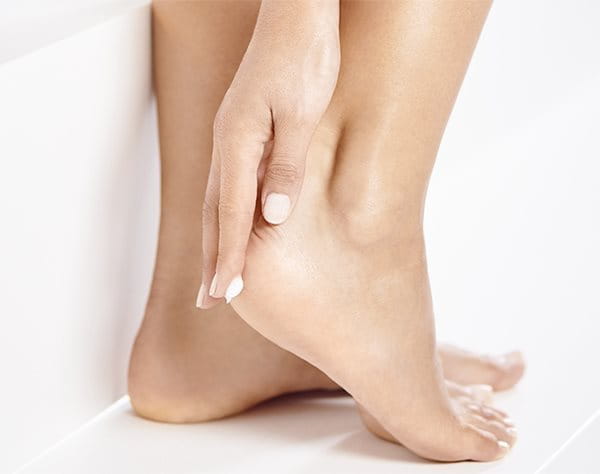
Try to avoid washing your feet in very hot water and instead opt for a lukewarm oatmeal or Epsom salt bath. Gently pat your feet dry as rubbing them hard can cause damage to the skin. A regular pedicure from a professional will help keep your feet in tip top condition.



